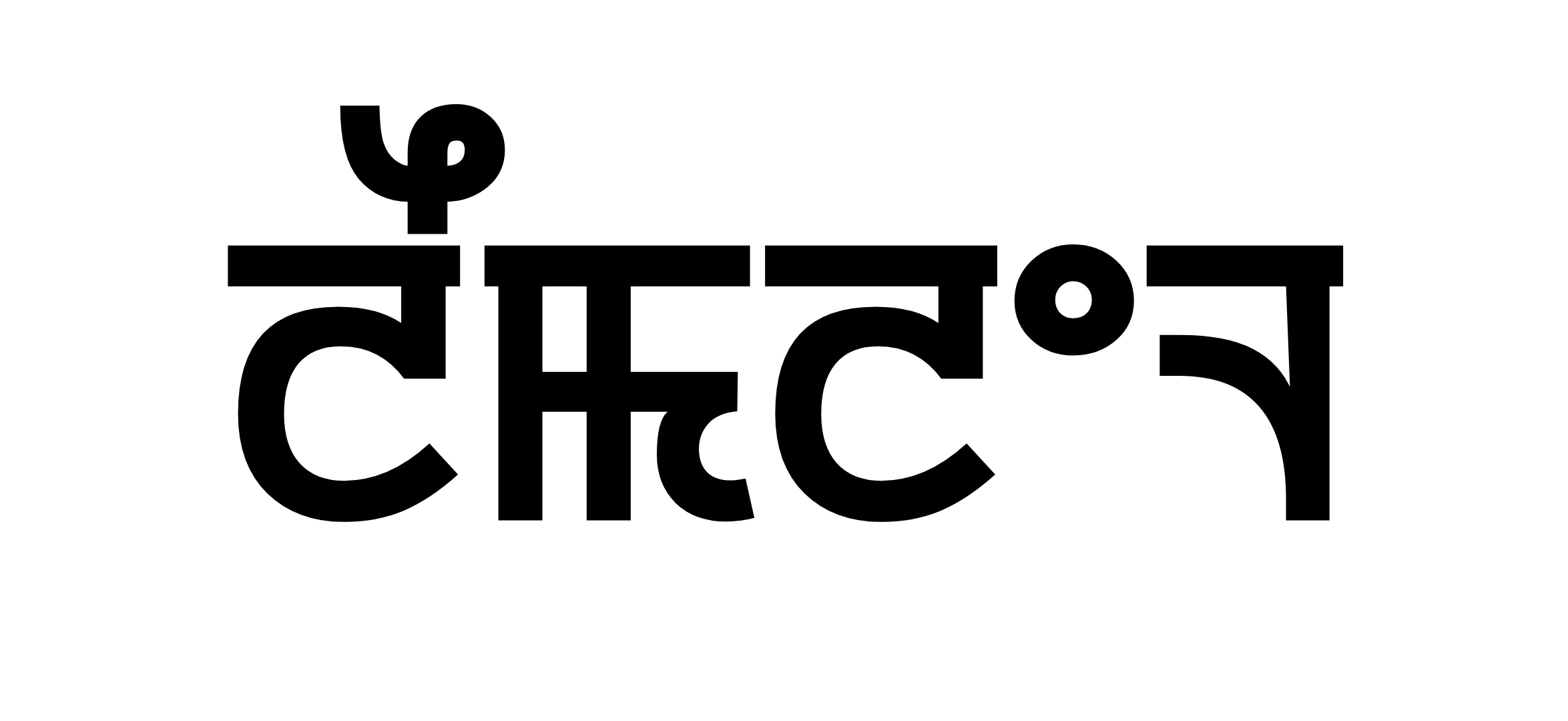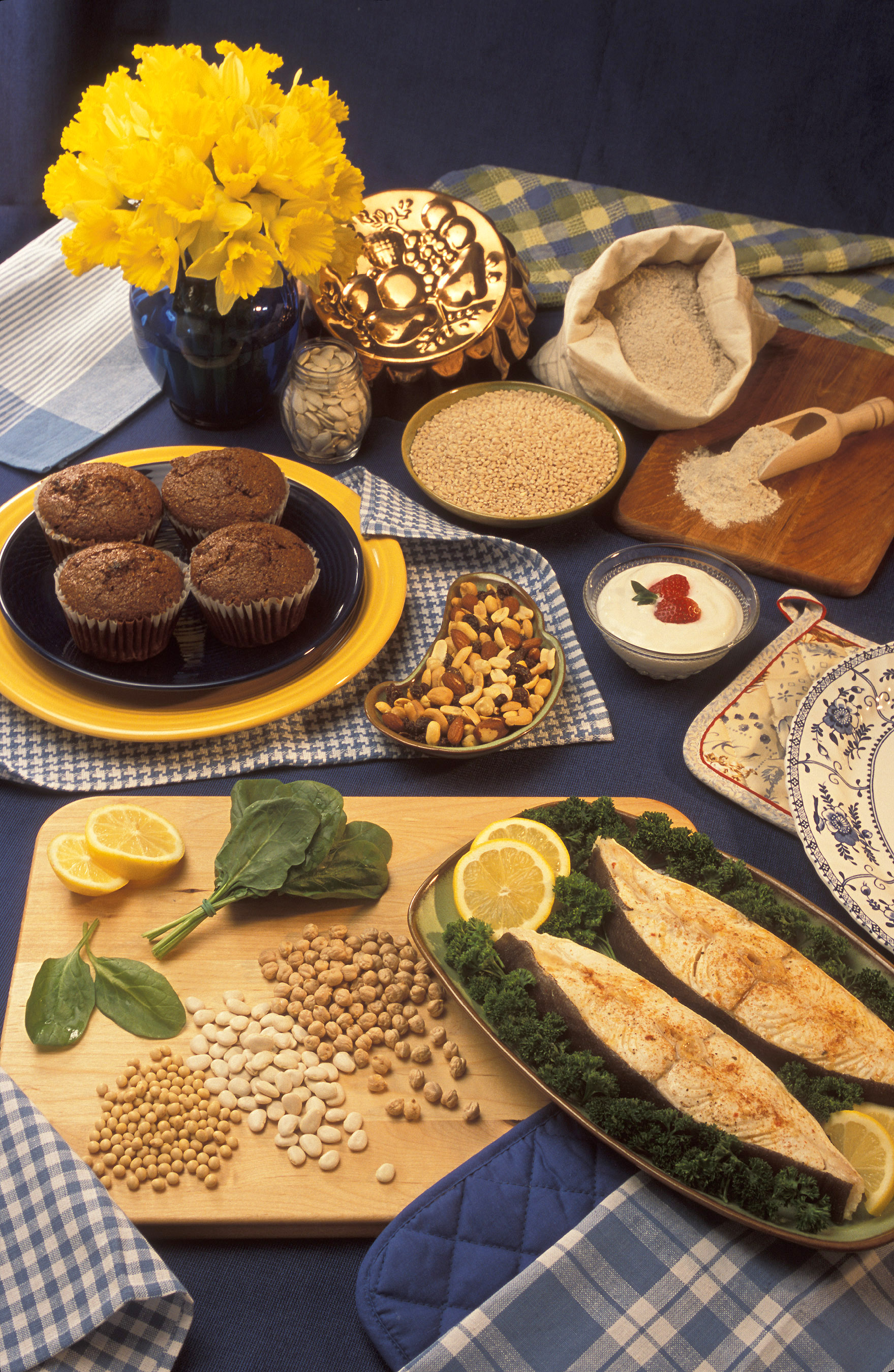|
Thumleima
Noinu Thumleima ( Meitei pronunciation: ''nói.nu tʰum.lə́i.mə'') or Thumkhong Lairembi ( omp, Thumkhong Lailempi) is the goddess of salt and salt wells in Meitei mythology and religion of ancient Manipur (Antique Kangleipak). She is a sister (or ''friend'') of the goddesses, Phouoibi ( Phouleima), Ngaleima and Ereima ( Ireima). People pray to her so there will be enough salt. Salt is an important part of the human diet. According to the "Recent Researches in Oriental Indological Studies: Including Meiteilogy" by Moirangthem Kirti Singh, the goddess is a wife of Pakhangba, the royal deity. Etymology The Meitei female given name "Thumleima" (tʰum.lə́i.mə, ꯊꯨꯝꯂꯩꯃ) is made of two words. These words are "Thum" (tʰum, ꯊꯨꯝ) and "Leima" (lə́i.mə, ꯂꯩꯃ). In Meitei, "Thum" (tʰum, ꯊꯨꯝ) means salt, usually the common salt. In Meitei, "Leima" (lə́i.mə, ꯂꯩꯃ) means queen, mistress or lady. Another name of goddess Thumleima is "Th ... [...More Info...] [...Related Items...] OR: [Wikipedia] [Google] [Baidu] |
Ngaleima
Lemlei Ngaleima ( omp, ꯂꯦꯝꯂꯩ ꯉꯥꯂꯩꯃ, lem-lei ngaa-lei-ma, fish goddess) or Ngareima ( mni, ꯉꯥꯔꯩꯃ, ngaa-rei-ma) is the goddess and the divine female personification of the fishes and the aquatic life in Meitei mythology and religion (Sanamahism) of Ancient Manipur (Antique Kangleipak). She is a sister (or ''friend'') of the goddesses, Phouoibi, Thumleima and Ereima ( Ireima). Myths Menstrual blood, charoo ( hay, dried paddy stalks), hentak (edible fish paste), sumjit (broom) are considered unholy to Goddess Ngaleima. So, if there is an adverse entry of fish into the fishing nets, the presence of menstruating woman is highly suspected at the spot, especially on the floating dam. Other suspicious reasons are the dropping down of the charoo (hay, dried paddy stalks) or hentak (edible fish paste) or sumjit (broom) by people out of jealousy into the place. Association with other goddesses Goddess Ngaleima (Ngareima) is considered to be one of t ... [...More Info...] [...Related Items...] OR: [Wikipedia] [Google] [Baidu] |
Phouoibi
Phouoibi (Fouoibi) or Phouoipi (Fouoipi) or Phouleima (Fouleima) or Phoureima (Foureima) is the goddess and the female personification of the agriculture, crops, fertility, grains, harvest, paddy, rice and wealth in Meitei mythology and religion of Ancient Kangleipak (early Manipur). She is the lover of Akongjamba, a hero in ancient legends. But fate doesn't permit the lovers to unite. So, Phouoibi and Akongjamba reincarnated in the legends. She was sent by Thangching ( Thangjing) to Kege Moirang (Keke Moilang) kingdom to prosper the human world. The legends of her love with Akongjamba were believed to be enacted by Thangching ( Thangjing) as a part of the Epic cycles of incarnations (Moirang Saiyon) of the Moirang Kangleirol legends. Phouoibi is a spirit of the rice. So, she is not a member of the Umang Lais. The characters of Phouoibi and other goddesses, including Panthoibi and Emoinu, depict, as well as influence, the boldness, courage, independence, righteousness ... [...More Info...] [...Related Items...] OR: [Wikipedia] [Google] [Baidu] |
Ireima
) , deity_of = Goddess of water and aquatic life , member_of = Lairembis , image = IRAI LEIMA.jpg , alt = , caption = The name "Irai Leima", written in Meitei Mayek abugida , other_names = * Ireima ( omp, Ileima) * Ereima ( omp, Eleima) * Erai Leima ( omp, Elai Leima) * Hiyangthang Lairembi ( omp, Hiyangthang Lailempi) , hiro = , Old_Norse = , script_name = , script = , affiliation = Meitei mythology (Manipuri mythology) and Meitei religion (Sanamahism) , cult_center = Hiyangthang Lairembi Temple , abode = Underwater world , planet = , weapon = , battles = , artifacts = , animals = , symbol = , adherents = , height = , age = , tree = , day = , color = , number = , consort = Irai Ningthou , father = Salailen ( Soraren) , siblings = * Phouoibi (Phouleima) * Ngaleima ( Ngareima) * ... [...More Info...] [...Related Items...] OR: [Wikipedia] [Google] [Baidu] |
Leimarel Sidabi
) , deity_of = Goddess of earth, nature and household , member_of = Imung Lais , image = Relief art depicting Salailen (Salailel), the Supreme God, creating Leimalen (Leimalel), the first female being in the universe, according to ancient Meitei mythology and religion of Kangleipak (Manipur).jpg , alt = , caption = A relief depicting the creation of goddess Leimalen (Leimalel) by Salailen (Salailel), the Supreme God , other_names = * Malem Leima * Leimaren Sidabi ( omp, Leimalen Sitapi) , hiro = , Old_Norse = , script_name = Ancient Meitei , script = , affiliation = Meitei mythology (Manipuri mythology) and Meitei religion (Sanamahism) , cult_center = , abode = Sanamahi Kachin ( Lainingthou Kachin) , planet = , weapon = , battles = , artifacts = Water pot (Isaiphu or Esaiphu) , animals = Taoroinai , symbol = Water pot (Isaiphu or Esaiphu) , adherents = , ... [...More Info...] [...Related Items...] OR: [Wikipedia] [Google] [Baidu] |
Ereima
) , deity_of = Goddess of water and aquatic life , member_of = Lairembis , image = IRAI LEIMA.jpg , alt = , caption = The name "Irai Leima", written in Meitei Mayek abugida , other_names = * Ireima ( omp, Ileima) * Ereima ( omp, Eleima) * Erai Leima ( omp, Elai Leima) * Hiyangthang Lairembi ( omp, Hiyangthang Lailempi) , hiro = , Old_Norse = , script_name = , script = , affiliation = Meitei mythology (Manipuri mythology) and Meitei religion (Sanamahism) , cult_center = Hiyangthang Lairembi Temple , abode = Underwater world , planet = , weapon = , battles = , artifacts = , animals = , symbol = , adherents = , height = , age = , tree = , day = , color = , number = , consort = Irai Ningthou , father = Salailen ( Soraren) , siblings = * Phouoibi (Phouleima) * Ngaleima ( Ngareima) * ... [...More Info...] [...Related Items...] OR: [Wikipedia] [Google] [Baidu] |
Ancient Manipur
The Manipur Kingdom was an ancient independent kingdom at the India–Burma frontier that was in subsidiary alliance with British India from 1824, and became a princely state in 1891. It bordered Assam Province in the west and British Burma in the east, and in the 20th century covered an area of 22,327 square kilometres (8,621 sq mi) and contained 467 villages. The capital of the state was Imphal. The early history of Manipur is composed of mythical narratives. The Kangla Fort, located on the banks of the Imphal River, is where the palace of King Pakhangba was located. It was built in 1632 by king Khagemba, who had defeated Chinese invaders. In the fort, a number of temples that had traditional religious significance are located. Kangla means "dry land" in the old Meitei language. Kangleipak State The Kingdom of Kangleipak was established by King Loiyumba in 1110 who ruled between 1074 and 1121. He consolidated the kingdom by incorporating most of the principalit ... [...More Info...] [...Related Items...] OR: [Wikipedia] [Google] [Baidu] |
Antique Kangleipak
The Manipur Kingdom was an ancient independent kingdom at the India–Burma frontier that was in subsidiary alliance with British India from 1824, and became a princely state in 1891. It bordered Assam Province in the west and British Burma in the east, and in the 20th century covered an area of 22,327 square kilometres (8,621 sq mi) and contained 467 villages. The capital of the state was Imphal. The early history of Manipur is composed of mythical narratives. The Kangla Fort, located on the banks of the Imphal River, is where the palace of King Pakhangba was located. It was built in 1632 by king Khagemba, who had defeated Chinese invaders. In the fort, a number of temples that had traditional religious significance are located. Kangla means "dry land" in the old Meitei language. Kangleipak State The Kingdom of Kangleipak was established by King Loiyumba in 1110 who ruled between 1074 and 1121. He consolidated the kingdom by incorporating most of the principaliti ... [...More Info...] [...Related Items...] OR: [Wikipedia] [Google] [Baidu] |
Diet (nutrition)
In nutrition, diet is the sum of food consumed by a person or other organism. The word diet often implies the use of specific intake of nutrition for health or weight-management reasons (with the two often being related). Although humans are omnivores, each culture and each person holds some food preferences or some food taboos. This may be due to personal tastes or ethical reasons. Individual dietary choices may be more or less healthy. Complete nutrition requires ingestion and absorption of vitamins, minerals, essential amino acids from protein and essential fatty acids from fat-containing food, also food energy in the form of carbohydrate, protein, and fat. Dietary habits and choices play a significant role in the quality of life, health and longevity. Health A healthy diet can improve and maintain health, which can include aspects of mental and physical health. Specific diets, such as the DASH diet, can be used in treatment and management of chronic conditions. Die ... [...More Info...] [...Related Items...] OR: [Wikipedia] [Google] [Baidu] |
Moirangthem Kirti Singh
Moirangthem Kirti Singh is an Indian writer, scholar and educationist from Manipur. Born on 1 February 1943 at Kongba Uchekon near Imphal to M. Borajao Singh, Singh completed his education from Johnstone Higher Secondary School, Imphal and D. M. College, which were under Guwahati University during those days, securing a BA (Honours) and MA in philosophy. Later, he obtained a bachelor's degree in Law (LLB) from LMS Law College, Imphal in 1965, followed by a doctoral degree (PhD) in 1972, making him the first Meitei to be awarded a PhD. He is also the first Meitei to receive a DLitt. He served various colleges in Manipur as a member of faculty and has also been involved in social activism. Singh has published several books on Meitei culture and history, especially on Meiteilogy. ''Religious Developments in Manipur in the 18th and 19th Centuries'', ''Religion and Culture of Manipur'', ''Folk culture of Manipur'', ''Recent Researches in Oriental and Indological Studies: Including ... [...More Info...] [...Related Items...] OR: [Wikipedia] [Google] [Baidu] |




_(4489839164).jpg)
